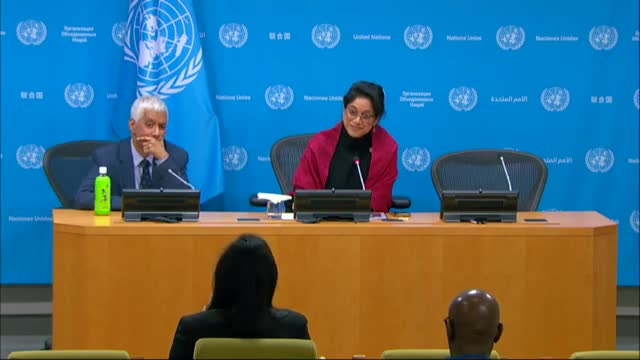Biomedical breakthroughs promise new hope for HIV prevention
November 27, 2024 | United Nations, Federal
This article was created by AI summarizing key points discussed. AI makes mistakes, so for full details and context, please refer to the video of the full meeting. Please report any errors so we can fix them. Report an error »

In a recent government meeting, officials highlighted significant advancements in biomedical treatments for HIV, drawing parallels to the pivotal year of 1996 when antiretroviral therapies transformed patient care. As of 2024, the introduction of long-acting injectable drugs, such as Lenacapavir, promises nearly 100% effectiveness in preventing new infections, marking a critical moment in HIV prevention.
However, despite these breakthroughs, accessibility and affordability remain pressing challenges. Many populations, particularly in poorer countries, still lack access to these life-saving innovations. Officials emphasized the need for collaborative efforts among UNAIDS, national governments, and the private sector to reduce costs and ensure that these prevention technologies reach those who need them most.
The discussions underscored the urgency of addressing financial barriers to treatment, as well as the importance of establishing dedicated funding mechanisms to support the distribution of these advanced therapies globally. The meeting concluded with a commitment to enhance accessibility and drive down prices, aiming to make significant strides in the fight against HIV/AIDS.
However, despite these breakthroughs, accessibility and affordability remain pressing challenges. Many populations, particularly in poorer countries, still lack access to these life-saving innovations. Officials emphasized the need for collaborative efforts among UNAIDS, national governments, and the private sector to reduce costs and ensure that these prevention technologies reach those who need them most.
The discussions underscored the urgency of addressing financial barriers to treatment, as well as the importance of establishing dedicated funding mechanisms to support the distribution of these advanced therapies globally. The meeting concluded with a commitment to enhance accessibility and drive down prices, aiming to make significant strides in the fight against HIV/AIDS.
View full meeting
This article is based on a recent meeting—watch the full video and explore the complete transcript for deeper insights into the discussion.
View full meeting